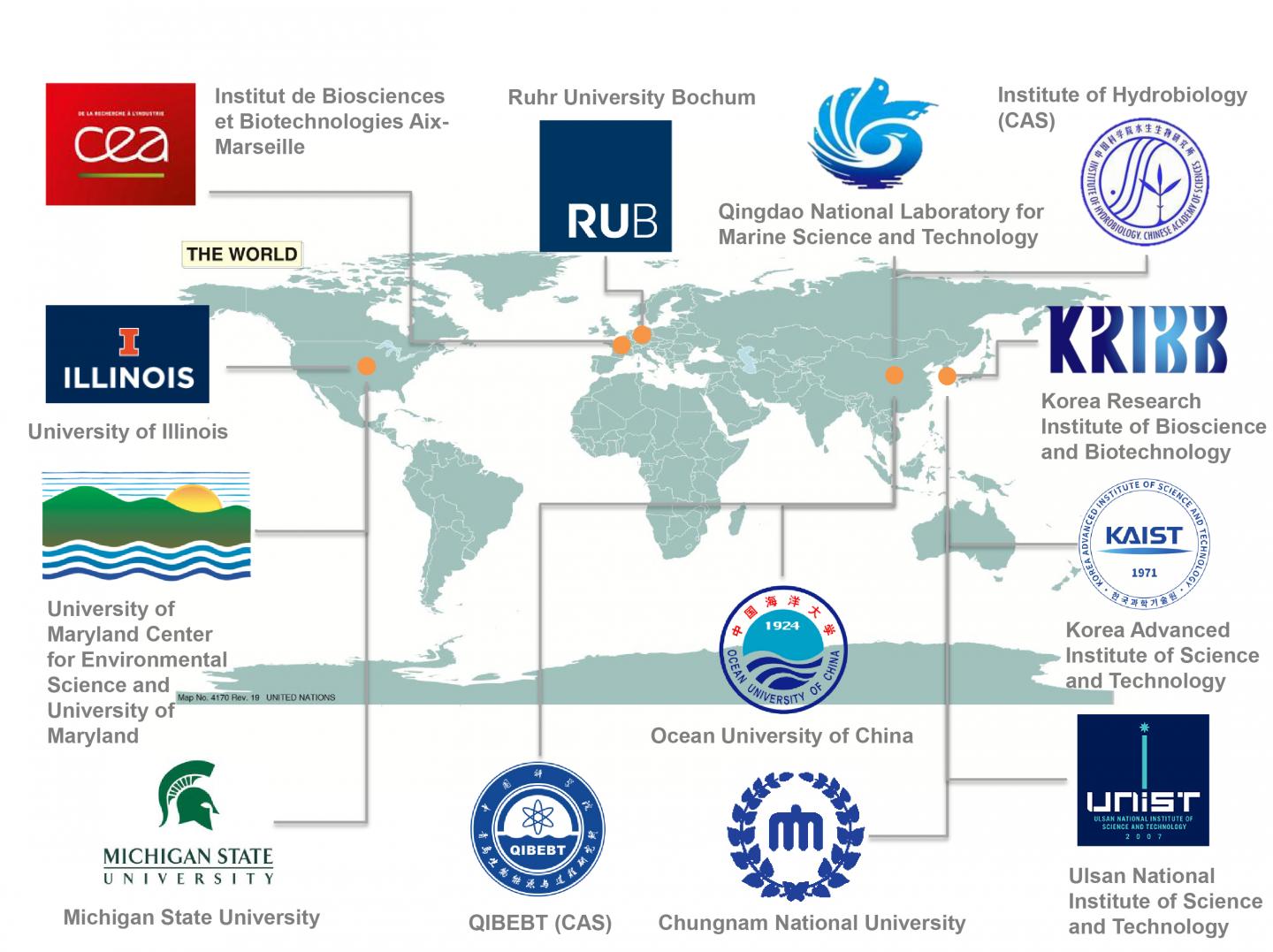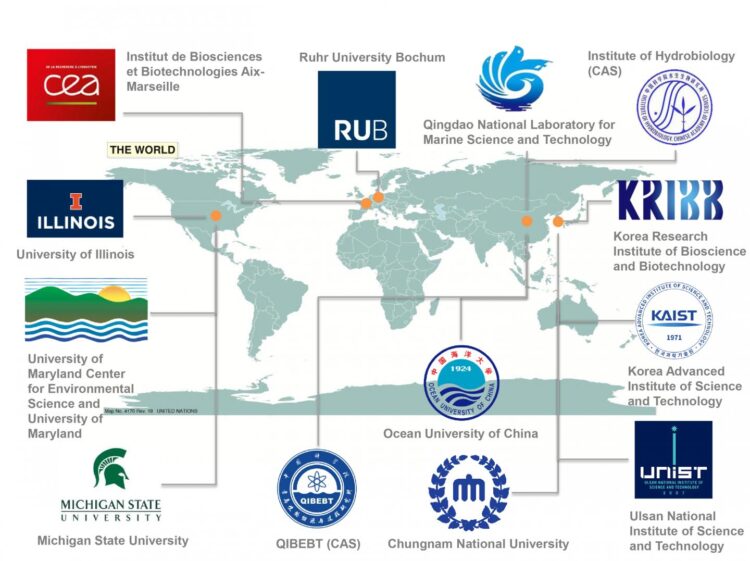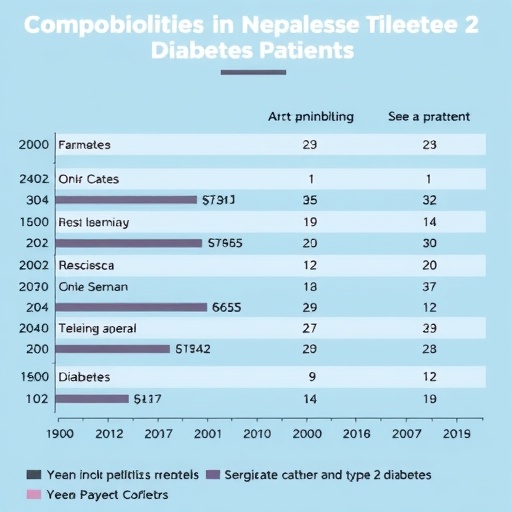
Credit: QIBEBT
Industrial oil-producing microalgae can use light energy to convert carbon dioxide and water into oils on a large scale. Therefore, it is a potential solution for the sustainable supply of food, nutrition and fuel for human society.
To promote resource sharing and research cooperation for the synthetic biology and molecular breeding of industrial oil-producing microalgae, an international team led by Single-Cell Center (SCC), Qingdao Institute of Bioenergy and Bioprocess Technology (QIBEBT) of the Chinese Academy of Sciences (CAS), has released the “NanDeSyn Database” (http://www.
Nannochloropsis spp. is industrial microalgae that can be grown outdoors in a large scale for producing oils. They have highly attractive features as “photosynthetic yeast”, such as a haploid nuclear genome of ~30M base pairs, simple and reliable DNA transformation, high genome-editing efficiency, and flexible gene expression regulation techniques.
The global Nannochloropsis research community has accumulated a large amount of functional genomics data, as well as genetic resources such as plasmids and mutant strains.
The “NanDeSyn Database”, developed by GONG Yanhai, et al., from SCC, and Nam Kyu Kang, et al., from Korea Advanced Institute of Science and Technology (KAIST), systematically collects and integrates functional genomics and epigenetics data including the latest genome sequences, gene annotations, transcriptomes, proteomes, and small RNAs of all Nannochloropsis species.
At the same time, online data mining tools such as gene search, genome comparison, collinearity analysis, gene enrichment analysis, metabolic pathway analysis, and genome browser are provided through the website.
In addition, combined with literature research, the present research status of each gene, as well as the corresponding vectors and mutant strains, are displayed, so as to promote the free sharing of these research materials.
###
Behind the NanDeSyn database is an open international collaborative research network (Fig. 1). In addition to QIBEBT, the network also includes KAIST, Ulsan National Institute of Science and Technology (UNIST, Korea), Korea Research Institute of Bioscience and Biotechnology (KRIBB, Korea), Chungnam National University (CNU, Korea), MSU-DOE Plant Research Laboratory, Michigan State University (PRL, USA), French Alternative Energies and Atomic Energy Commission (CEA, France), Ruhr University Bochum (RUB, Germany), Qingdao National Laboratory for Marine Science and Technology (QNLM, China), Ocean University of China (OUC, China), University of Maryland (UMD, USA), Institute of Hydrobiology, CAS (IHB, China), University of Illinois (UI, USA), etc.
On the basis of the NanDeSyn database, this international collaborative research network will jointly develop Nannochloropsis into a chassis for photosynthetic production of oils from carbon dioxide.
This work was supported by the National Natural Science Foundation of China, the National Key Research and Development Program, the Natural Science Foundation of Shandong Province, and the Ministry of Science, Technology, Information and Communication of Korea.
Media Contact
CHENG Jing
[email protected]
Original Source
http://english.
Related Journal Article
http://dx.





